AI quickly processes massive amounts of information
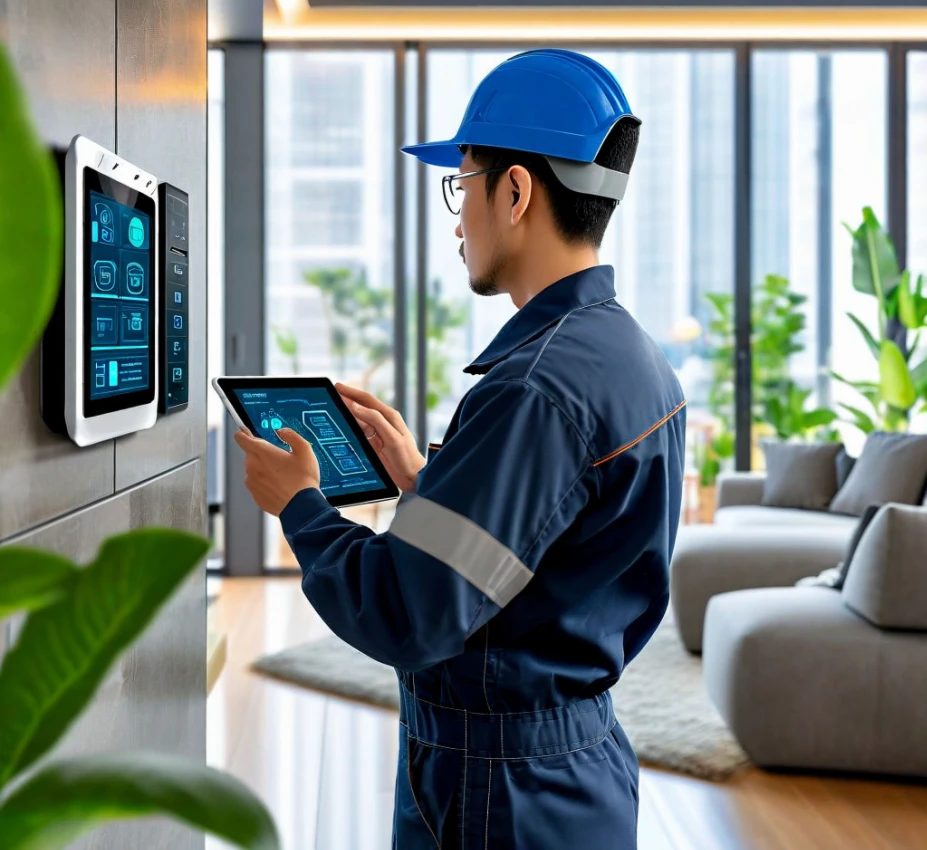
AI Won’t Fix Our Buildings, But it Will Change Maintenance Forever
The history of property maintenance operations has seen slow but continuous innovation. The techniques we see as outdated today were the best practices of their time, but new economic pressures and ideas encourage us to find better practices moving forward.
Property managers used to pass tickets handwritten on carbon copy paper to the appropriate maintenance person, then tally these tickets up at the end of the week. Once, this was the best we could do. Now, the process has been digitized. But, as advanced as property maintenance has become, it is on the cusp of another jump in technology thanks to the unlimited potential of AI.
Outdated practices change due to social conditions. For example, during COVID residents became reluctant to let people into their homes, and we saw maintenance staff members start to schedule appointments directly with residents.
At the moment we are experiencing a labor shortage when it comes to maintenance workers. There simply are not enough applicants to meet the old staffing model of one team member per 100 residents. Since a maintenance professional’s average tenure is six months, nobody has time to develop organizational expertise, and training new employees drains resources.
Other practices change because of economic forces. With so many positions left open and labor costs rising, residents are forced to wait a long time to have their needs addressed. Considering 71% of residents are more likely to renew their lease if they’re satisfied with maintenance, failing to provide speedy repairs can lead to a high occupant turnover and loss of ROI.
Because these issues emerge from outdated practices, new innovations offer the upgrades that can help residential property management overcome emerging problems and change with the times.
Embracing new technology is the best way to move past yesterday’s best practices and be prepared for tomorrow. Technology has supercharged communication within the multifamily industry, allowing team members to coordinate faster and more efficiently with fellow staff, suppliers, and residents. The further technology advances, the more powerful these communication tools become.
Today, these tools can facilitate a fully centralized maintenance team that is leaner and more powerful than the property specific teams of the past. These centralized teams receive tickets digitally, have their priorities automatically triaged and their paths planned out for maximum efficiency. Chatbots communicate with residents, providing advice and guidance for at-home repairs that reduce the need for technician visits.
Screen Your Tenant Today!
Gain peace of mind with AAOA’s credit, criminal, and eviction reports.
Outsourcing is automatic and only takes place where necessary, without needing to wake a team member in the middle of the night to handle an emergency. More than anything, communication gives team members the power to make well-informed decisions that improve the resident experience and boost ROI, and no technology has made this more evident than AI.
First and foremost, AI provides the ability to process massive amounts of information very quickly, allowing team members to make better, smarter, more informed decisions, and fill out information for team members, so they can get things documented and processed faster.
But AI-driven systems are good for more than helping teams act decisively and effectively — the right system can fully automate certain functions, freeing employees to use their time and energy on more appropriate and rewarding tasks.
For example, property damage caused by occupants is a major expense for any residential property business. Many such damages are covered under the terms of the resident’s lease, but too often, property owners end up paying for damage that falls outside those terms — damages that the resident should be responsible for. An AI maintenance platform can include resident chargeback detection to reduce this unfair strain on property owners.
These systems can determine where the resident bears responsibility and how much they owe, then apply the correct amounts to the resident’s ledger. The entire process is automated and can save property owners from paying for damages that aren’t their responsibility.
These charges also incentivize residents to be more responsible with their living spaces, while reducing the number of open tickets maintenance teams have to handle, as residents take care of the issues they cause on their own rather than face chargebacks.
AI is the ideal triage and dispatch system. When a resident reports an issue to an AI chatbot the system immediately determines if the problem is an emergency and which team member is required to complete the task.
The correct professional is then dispatched on their daily tasks along the ideal route, with the AI system prioritizing emergency repairs and pathing the team members between locations to avoid backtracking and redundant trips. This ensures all work is completed in a timely manner and minimizes stress and fatigue for maintenance team members.
The history of property maintenance operations has seen slow but continuous innovation. The techniques we see as outdated today were the best practices of their time, but new economic pressures and ideas encourage us to find better practices moving forward.
Property managers used to pass tickets handwritten on carbon copy paper to the appropriate maintenance person, then tally these tickets up at the end of the week. Once, this was the best we could do. Now, the process has been digitized. But, as advanced as property maintenance has become, it is on the cusp of another jump in technology thanks to the unlimited potential of AI.
Outdated practices change due to social conditions. For example, during COVID residents became reluctant to let people into their homes, and we saw maintenance staff members start to schedule appointments directly with residents.
At the moment we are experiencing a labor shortage when it comes to maintenance workers. There simply are not enough applicants to meet the old staffing model of one team member per 100 residents. Since a maintenance professional’s average tenure is six months, nobody has time to develop organizational expertise, and training new employees drains resources.
Other practices change because of economic forces. With so many positions left open and labor costs rising, residents are forced to wait a long time to have their needs addressed. Considering 71% of residents are more likely to renew their lease if they’re satisfied with maintenance, failing to provide speedy repairs can lead to a high occupant turnover and loss of ROI.
Because these issues emerge from outdated practices, new innovations offer the upgrades that can help residential property management overcome emerging problems and change with the times.
Embracing new technology is the best way to move past yesterday’s best practices and be prepared for tomorrow. Technology has supercharged communication within the multifamily industry, allowing team members to coordinate faster and more efficiently with fellow staff, suppliers, and residents. The further technology advances, the more powerful these communication tools become.
Today, these tools can facilitate a fully centralized maintenance team that is leaner and more powerful than the property specific teams of the past. These centralized teams receive tickets digitally, have their priorities automatically triaged and their paths planned out for maximum efficiency. Chatbots communicate with residents, providing advice and guidance for at-home repairs that reduce the need for technician visits.
Outsourcing is automatic and only takes place where necessary, without needing to wake a team member in the middle of the night to handle an emergency. More than anything, communication gives team members the power to make well-informed decisions that improve the resident experience and boost ROI, and no technology has made this more evident than AI.
First and foremost, AI provides the ability to process massive amounts of information very quickly, allowing team members to make better, smarter, more informed decisions, and fill out information for team members, so they can get things documented and processed faster.
But AI-driven systems are good for more than helping teams act decisively and effectively — the right system can fully automate certain functions, freeing employees to use their time and energy on more appropriate and rewarding tasks.
For example, property damage caused by occupants is a major expense for any residential property business. Many such damages are covered under the terms of the resident’s lease, but too often, property owners end up paying for damage that falls outside those terms — damages that the resident should be responsible for. An AI maintenance platform can include resident chargeback detection to reduce this unfair strain on property owners.
These systems can determine where the resident bears responsibility and how much they owe, then apply the correct amounts to the resident’s ledger. The entire process is automated and can save property owners from paying for damages that aren’t their responsibility.
These charges also incentivize residents to be more responsible with their living spaces, while reducing the number of open tickets maintenance teams have to handle, as residents take care of the issues they cause on their own rather than face chargebacks.
AI is the ideal triage and dispatch system. When a resident reports an issue to an AI chatbot the system immediately determines if the problem is an emergency and which team member is required to complete the task.
The correct professional is then dispatched on their daily tasks along the ideal route, with the AI system prioritizing emergency repairs and pathing the team members between locations to avoid backtracking and redundant trips. This ensures all work is completed in a timely manner and minimizes stress and fatigue for maintenance team members.
If no appropriate team member is available, the AI system outsources to the best available third-party contractor. Contractors are used only when appropriate, minimizing reliance on expensive third parties while also automating emergency maintenance to keep employees from needing to come in during their time off.
These AI platforms automate procurement, negotiating with contractors for better rates and bulk contracts to further minimize overhead when calling upon outside help. This procurement automation also applies to things like office supplies and hardware and materials for repairs, where AI systems can analyze and enact the best pricing, minimizing costs without needing to involve busy team members.
AI tools know the best prices because all AI tasks are logged and analyzed in a constant feed of data analytics. This creates a positive feedback loop wherein the tasks an AI system automates not only improve how that automation performs and provides insights team members can use to improve their own performance. The process improvement and the trained AI itself will become a huge part of every property teams’ strategic advantage going forward.
By embracing innovations like AI-driven maintenance centralization, property management teams can focus on their most important tasks while receiving the best data with which to fulfill their goals. Property maintenance has been improving for some time but we are about to see a huge transition thanks to the adoption of AI.
Soon property companies will start to see improving efficiency, better resident satisfaction, and raising ROI thanks to often reluctant use of AI for property maintenance.
Source: Propmodo

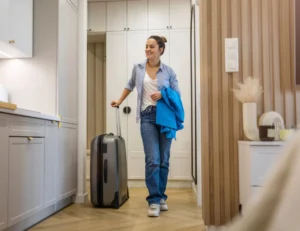
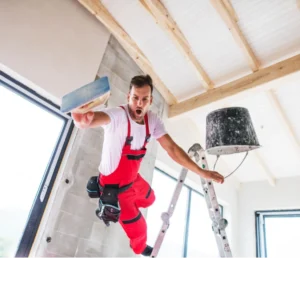
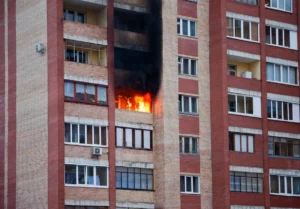
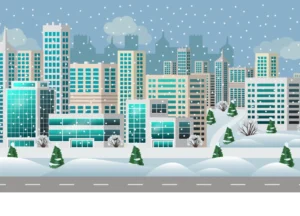
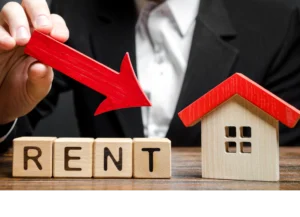

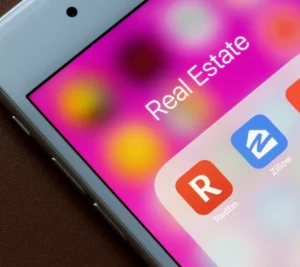
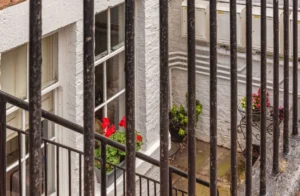




 Accessibility
Accessibility